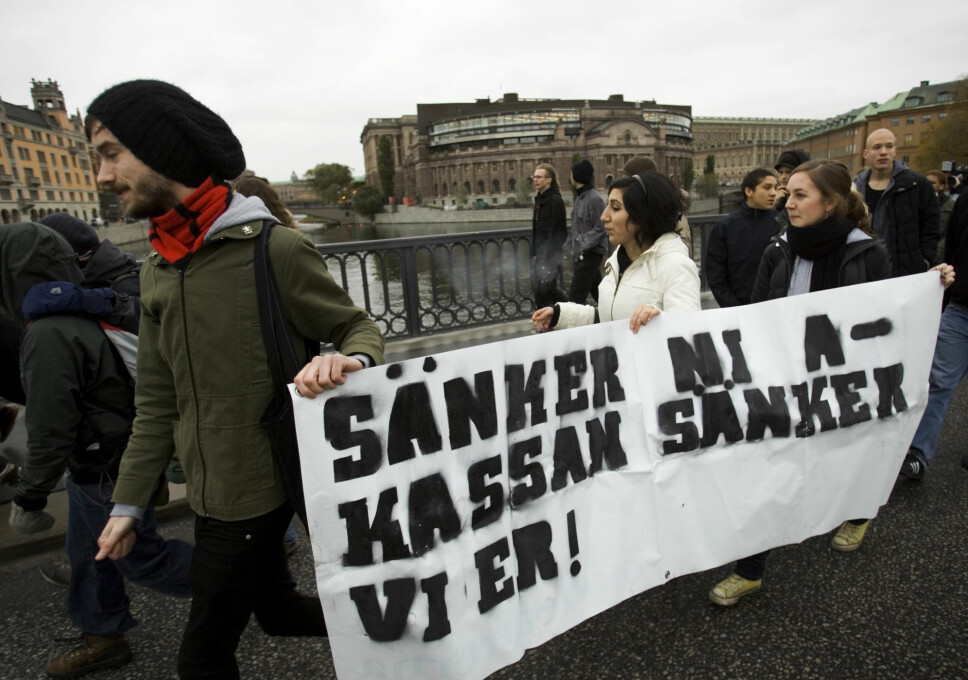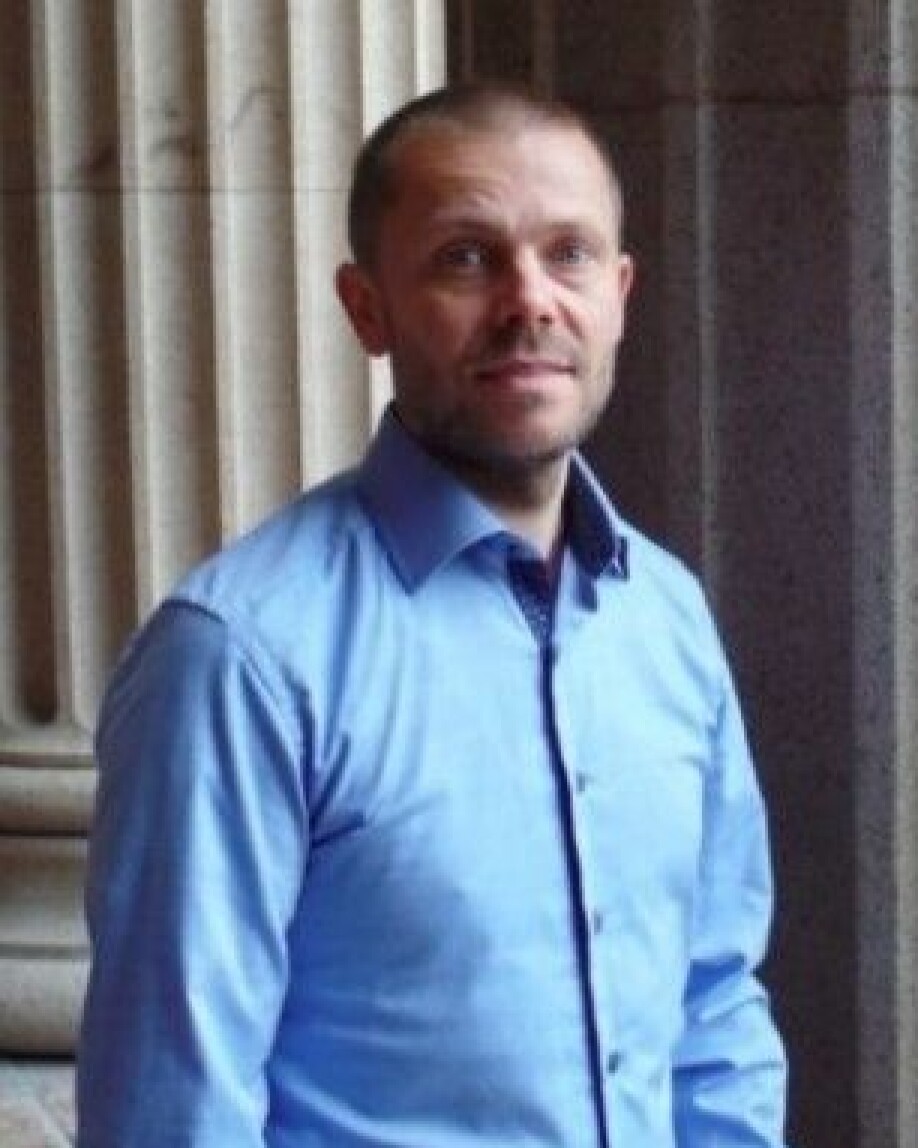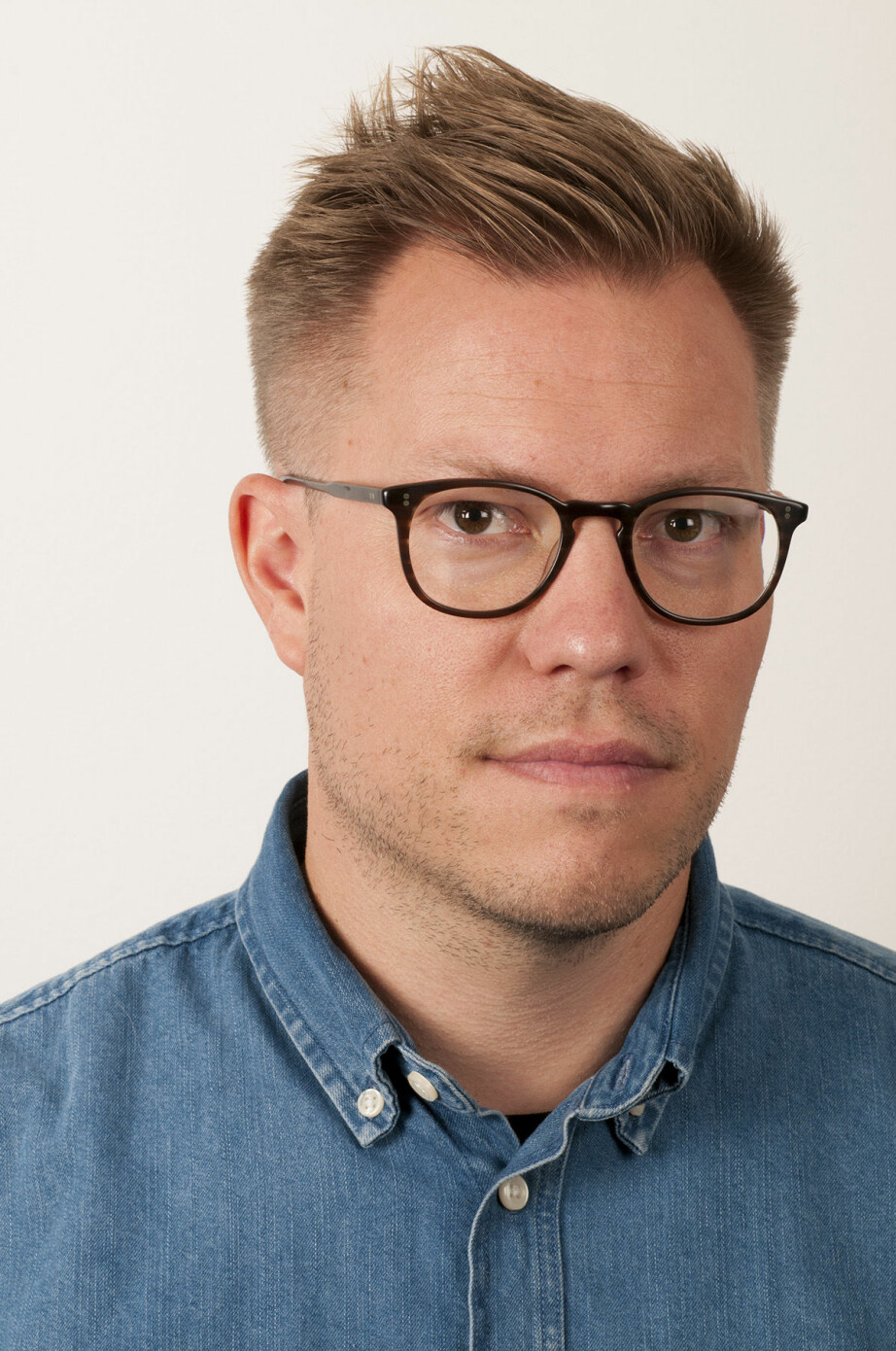
The far left: What happens when activist groups are labelled violent extremists?
Little research has been done on extreme left activists. Now, two researchers have looked at what happens when they are labelled as violent. Researchers who study extremism believe that the findings can be transferred to activists on the far right.
#Following terrorist attacks in the early 2000s, many countries introduced various measures to prevent radicalization and violent extremism.
Sweden – more so than Norway – has named organizations that they believe society should be wary of.
Four of these groups are to be found on the left side of politics.
The goal of the authorities and the security police has been to prevent recruitment and mobilization in these groups.
Created debate
Groups have been named in public reports and documents. These have not only been disseminated among the police, but also among teachers and social workers who work preventively. The names have also spread to the public.
This created debate in Sweden, both in the media and in local communities.
When the Swedish government made the names public in an action plan against extremism in 2015, 15 Swedish professors were among those who reacted.
In an opinon piece in the national Swedish newspaper Dagens Nyheter they wrote that it was wrong to label non-violent political activism against injustice and oppression as violent, even if activist actions included breaking the law.

Interviewed 31 people
Two researchers have now studied the Swedish groups that were so labelled.
The groups they targeted are: Antifascistisk aktion (Anti-Fascist Action, AFA), Syndikalistiska Ungdomsförbundet (Anarcho-Syndicalist Youth Federation, SUF), Revolutionära Fronten (Revolutionary Front, RF) and Förbundet Allt åt Alla (Association Everything to Everyone, AåA).
“These groups were all very active in the early 2000s. Today the RF has disbanded, and AFA is less active. The other two groups are still active,” says Rune Ellefsen, a criminologist and researcher at the University of Oslo.
Ellefsen and Jan Jämte, a political scientist at Örebro University in Sweden, interviewed 31 people connected to the far left in Sweden.
Twenty of them are from the four groups named above. The others are part of the left-wing radical movement around them.
The researchers also reviewed almost 4000 actions carried out by these groups and categorized them based on whether they were conventional (legal), transgressive (on the border between legal-illegal) or violent (towards property or persons).
Two groups use violence, two are more peaceful
Two of the groups studied have used a lot of violent tactics, although they have also carried out many conventional and transgressive actions.
Violence has mainly been directed at people the activists consider neo-Nazis and fascists.
One example is the 2014 conviction of eight people from the Revolutionary Front for gross abuse of Nazis, according to svt.se.
The researchers found that Antifascistisk aktion also employed a lot of violent tactics.
On the other hand, their findings show that the other two groups – Syndikalistiska ungdomsförbundet and Förbundet Allt åt alla – almost never use violence. In a few actions, they have destroyed private property.
These groups have a broader political commitment. They are engaged in issues such as racism and fascism, but are to a greater extent also involved with labour market, welfare and housing issues.
Double effect
In the interviews, the researchers were interested in the consequences of stigmatizing these activists as violent extremists.
How has labelling and stigmatization affected their activism at the individual level and at the organizational level?
The goal of the Swedish authorities and the security police has been to disrupt and limit activists’ activities, but the researchers believe this approach has been shown to have a double effect.
“Labelling groups has made it more difficult for them to pursue activism. For example, they’ve been banned from school events where they used to have permission to distribute brochures to students. It’s also become more difficult for activist groups to rent public spaces for events,” says Ellefsen.
But the consequences seem to be greatest for individuals. Many of them fear that being part of a group stigmatized by the authorities could lead to more sanctions from the police, problems in the workplace or more harassment from right-wing extremist groups.
At the same time, researchers have found that some people see the label as a feather in their cap.
“They’ve received positive confirmation that they’re considered a threat by the authorities, which is something they want. The labelling boosts their self-image. Some of the interviewees said it’s motivating.”
May have a radicalizing effect
The activists who do not use violent tactics and who work more openly to engage people politically, find being branded as violent to be the biggest problem, says Ellefsen.
"They've experienced problems with the 'wrong people' being attracted to their group. Suddenly they ave to deal with people who come because they want to take part in militant actions", he says.
Ellefsen believes that the stigma of being labelled as violent has marginalized and isolated them more.
They have become more cautious about being open about their political involvement, both private and public, even if they don’t employ violence.
“We know from other research that when groups become more isolated, this can contribute to radicalization,” the researcher says.
It’s paradoxical that the groups that operate the most openly and non-violently are the most negatively affected, says Ellefsen.
“These are the groups the authorities woul wish to impact the least. The most militant groups aren’t affected that much. They’re already covert organizations, but could become more so and more radicalized."
Don’t know much about what measures work
The whole Nordic region underwent massive mobilization efforts to prevent violent extremism between 2013 and 2015.
This work was primarily aimed at militant Islamists who might become foreign fighters who would go to support the Islamic State (IS).
In the wake of the terrorist attacks in the United States in 2001, says Ellefsen, a large amount of research has been done on radicalization and what happens when a person is radicalized.
“But we know less about which measures actually work. There’s a lot of trial and error here. Often we don’t know whether the measures fulfil the authorities' intention or if they instead bring about undesirable results.”
Ellefsen thinks it’s natural to ask whether Sweden’s approach might be working against its purpose and in fact trigger further radicalization.
“We should also question what scientific basis the authorities have based their assumptions on since they’ve identified groups that are mainly non-violent,” he says.
Less active in Norway
Norway has taken a different approach in tackling radicalization, Ellefsen says.
The Norwegian authorities have not been as open about naming the groups that they believe pose a threat. This topic is primarily discussed in communications between the Police Security Service (PST), the police and the other actors who play important roles in preventing radicalization and violent extremism both locally and regionally.
The left wing radical groups Tjen Folket (Serve the People) and Antifascistisk aksjon (Anti-Fascist Action) are probably the main groups of concern, to the extent they are a topic at all.
“We recently published a study in which we interviewed people in Sweden who work with prevention, the police and locally. Our interviewees believe that the level of activity in the Swedish groups is low now. They don’t see them as a threat like they see militant Islamists and right-wing extremists,” says Ellefsen.
From his own research on the prevention of radicalization in Norway, he believes that the situation is quite similar there.

“The level of activity can change quickly, however, and largely depends on the activity among the far-right groups that their actions are aimed at,” he says.
Do results also apply to the far right?
Jacob Aasland Ravndal is a researcher at the University of Oslo’s Center for Extremism Research (C-REX). He has read Ellefsen’s and Jämte’s article and finds it interesting, for two reasons in particular.
First, there is generally little research on the far left. Secondly, research on counter-reactions, or repression, among activists is limited.
Ravndal's topic of research is right-wing extremists.
He thinks it's interesting that the public acceptance is higher for the authorities to repress actors from the far right versus the far left.
A basic assumption in terrorist research and other research is that extremist attitudes are often about perceived repression. But it isn’t seen as quite so legitimate to explain right-wing extremism in this way, Ravndal believes.
“Most people agree that the far right has to be suppressed and find it problematic when some people claim that the measures against the far right can have the opposite effect.”
But Ravndal believes there are grounds to expect that repression can also have a radicalizing effect on right-wing extremists.
“It would have been interesting to conduct a similar survey among activists on the right,” he says.
More difficult to research the far left
“There are probably several reasons for the limited amount of research on the far left,” says Ravndal.
“One is that they’re pretty marginal, relatively speaking. Besides, they don’t have the same historical cloud hanging over them as the right-wing extremists do here in the West. In addition, far more people agree on the issues that far left extremists are fighting for.”
Gaining access to these groups can also be more difficult, Ravndal believes. The radical left can be sceptical of researchers.
“It probably has something to do with their anti-systemic and anti-state stance. They see the whole system as an adversary that they don’t want to work with. Researchers therefore have to work long hours to gain access to far left groups,” Ravndal says.
Reference:
Jan Jämte and Rune Ellefsen: The consequences of soft repression, Mobilization, Volume 25, 2020.
———
Read the Norwegian version of this article at forskning.no
































